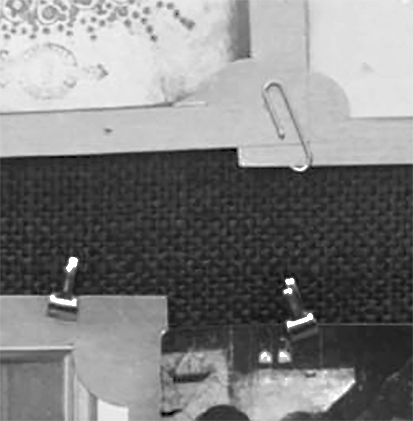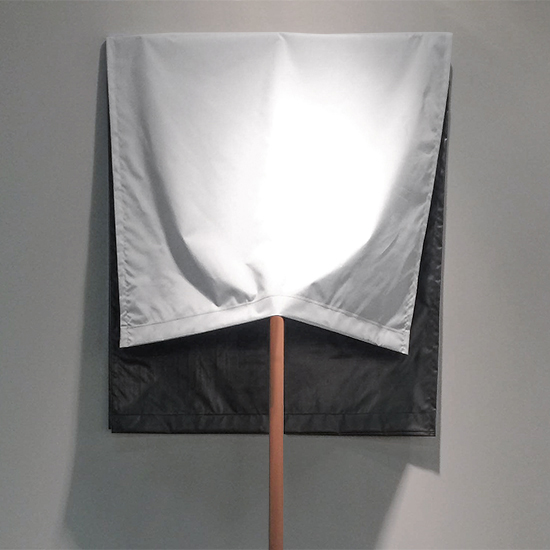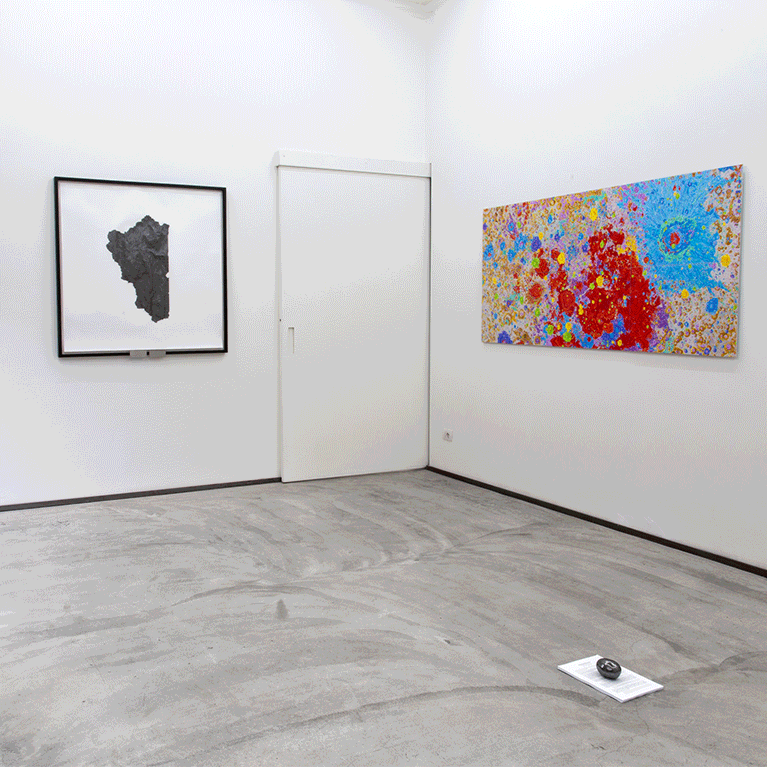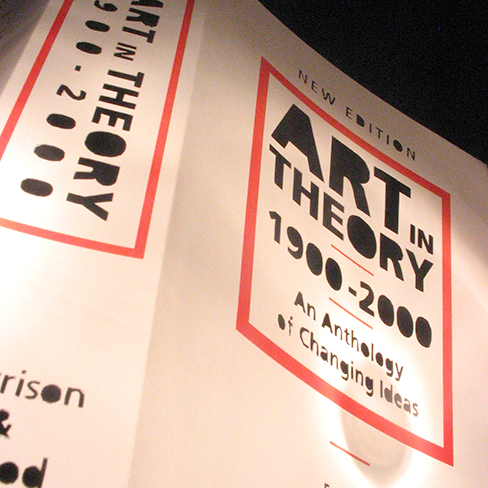
Thinking Pins
Dissertation Royal College of Art Master in Sculpture
Awarded with a distinction
Introduction
‘Consider a blind man with a stick. Where does the blind man’s self begin? At the tip of the stick? At the handle of the stick?
Or at some point halfway up the stick?’
–Gregory Bateson (1973, 318)
Where does the mind stop and the rest of the world begin? This question has a fundamental importance for establishing the modes by which we relate ourselves to the world. Gregory Bateson’s case of the blind man brings a philosophical amalgam that blends cognitive science (Bateson’s area) with phenomenology, neuroscience, cinema, robotics, cybernetics, philosophy, archaeology, literature, and art. To embrace the question regarding the limits of mind it is necessary to open the scope of the notion of boundaries. That is why, the present project is a licentious crash of dissimilar epistemic trajectories; a looping system in which all elements are reciprocally interrelated to bring forth ideas that allow for drifts in our relation to the world.
This dissertation is triggered by Andy Clark and David Chalmers’ theory, which states that the human mind does not lie inside the skull; rather it leaks into the world. The theory, drafted in their book ‘The Extended Mind’, states that the mind overcomes a misleading Cartesian conception of an ‘inner’ mind that relies largely on internal resources. Descartes conceived that there are two separate realms: a physical world and a separate internal world of private experience. Clark et al. propose an ‘active externalism’ for studying human cognition, based on the active role of the body and its environment (physical, cultural, or technological) in driving cognitive processes. In Clark’s words ‘The local operations that realise certain forms of human cognizing include inextricable tangles of feedback, feedforward, and feed around’. (Clark 2005, xxviii). This dissertation attempts to achieve, utilising Clark´s words, ‘loops that promiscuously criss-cross the boundaries of brain, body, and world’ (Clark 2005, xxviii). The notion of an extended mind consequently implies the presupposition of an extended self. This self goes beyond the hegemony of the skin-bag organism, thus feeding the possibility of seeing ourselves in a different way, namely in relation to the others and the world: with all the advantages and perversive implications brought about by this newfound view.
The document that you—reader—are holding between your fingers, or is being displayed on a computer screen, is not a record of the process or a representation of ‘inner’ ideas. The document is part of a circuit of the body, of material culture, music, computer, editing software, pixels, ink toner, culture, language, and live contingencies. My cognition process emerges from a complex juxtaposition of all these factors. I use the concept ‘emergence’ to emphasise that cognition is not a ‘with-in’ property; it is a ‘between’ property.




